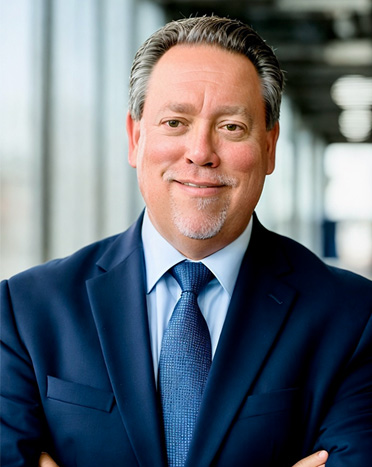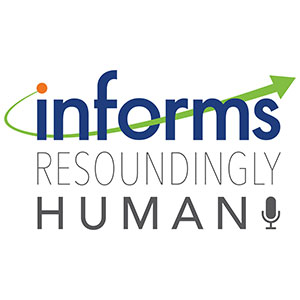
Turn the Cacophony Of COVID-19 Responses Into a Symphony — Now!
The United States prides itself in being a world leader in science, technology and innovation. Yet, the country has fallen sorely short of effectively mobilizing its resources and capabilities to fight COVID-19.















